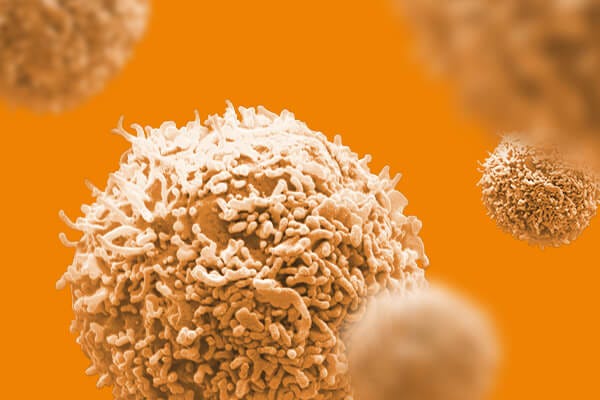技术资料
-
 科学海报Mammosphere Culture Supports Short But Not Long-Term Propagation of Human Mammary Epithelial Progenitors
科学海报Mammosphere Culture Supports Short But Not Long-Term Propagation of Human Mammary Epithelial ProgenitorsConference:
GRC 2010
-
 科学海报Manipulation of the Standard CFU-GM Assay Targeted Screening of Hematopoietic Myeloid Progenitors
科学海报Manipulation of the Standard CFU-GM Assay Targeted Screening of Hematopoietic Myeloid ProgenitorsConference:
SOT 2012


 EasySep™小鼠TIL(CD45)正选试剂盒
EasySep™小鼠TIL(CD45)正选试剂盒















 沪公网安备31010102008431号
沪公网安备31010102008431号